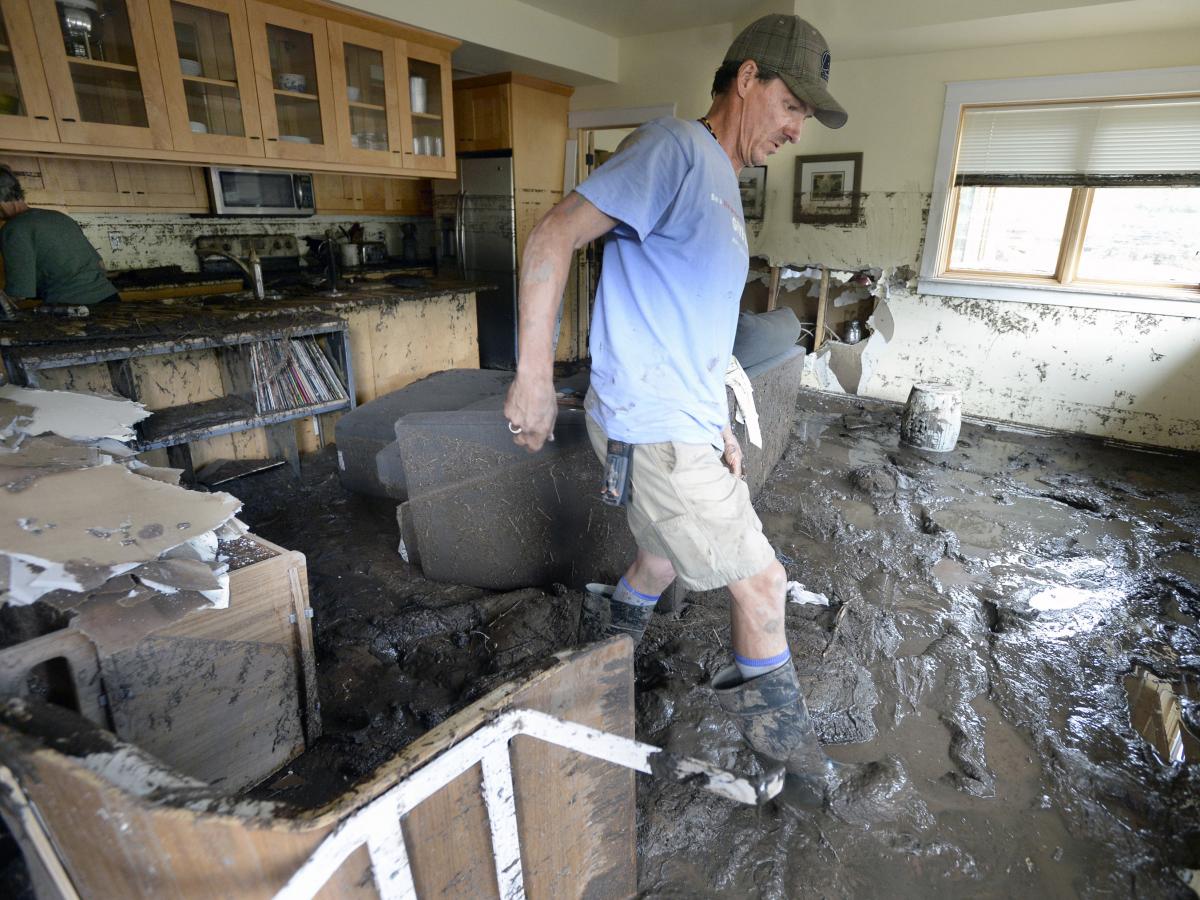Most people only have two choices for buying flood insurance: 1) The National Flood Insurance Program (NFIP), or 2) A “surplus lines” insurance company affiliated with Lloyds of London.
The NFIP was created by Congress after private insurance companies en masse stopped covering flood damage in the 1960’s. It is a public/private partnership under FEMA that is largely controlled by private companies that contract with the government to provide services to the program. Surplus lines/Lloyds companies also sell flood insurance. Their policies provide similar, and sometimes better coverage than you get through the NFIP, but unlike the NFIP – the federal government doesn’t subsidize their rates, so they tend to cost more than an NFIP policy. Surplus lines companies, also called “non admitted” insurance companies, don’t have to fully comply with state regulations. A third option is the all-risk policies sold to owners of high value properties that don’t exclude flood damage.
A large deficit and a scandal related to altered structural engineering reports on homes damaged by the 2012 Superstorm Sandy have brought the NFIP under intense scrutiny. The program will come up for Congressional reauthorization in 2017. In addition to concerns over the programs finances and claim handling practices, there are ongoing debates about whether flood insurance should be affordable or even available in coastal areas due to the realities of climate change and hurricane risk. Insurance companies, public officials and agencies, environmental advocates and property owners all are vocal stakeholders in these debates. United Policyholders recognizes and respects the conflicting considerations around flood insurance, but remains committed to helping existing homeowners in flood zones protect their assets through the purchase of flood insurance.

